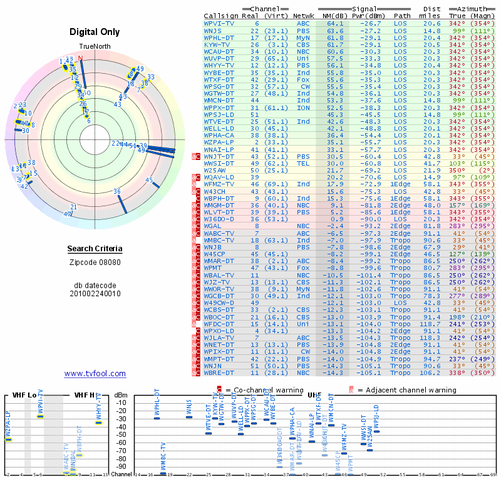No I didn't say i wouldn 't see the dfference. I said I had no source to these other sources so i don't have the oppurtunity to see this difference.
Good news! If you've never seen the difference, you'd never know the difference, and you won't bitch about it!
can anyone of you see the differnce between photos taken with your toy digita lcamers that cost $300 or are you astute enough to detect the difference between those cameras and a $900 digital slr?
Interesting argument, but made of straw. A $300 camera can take pretty good pictures in the right conditions. A $1700 SLR rig can take pretty crappy pictures in the wrong hands. Also worth noting that a lot of point'n'shoot cameras advertise 12, 16, or even more megapixels, and a lot of 6MP SLRs are still being used by pros at this point. The number of pixels is only one factor.
As I also said copied compressed dvd's look as good as the original dvd. Not as as good as a blu ray, but I never mentioned blu rays. It all depend on how much compression my copying process gives it before it's ever noticeable.
Well, for titles like "The Hangover" that require no compression at all (I think the final VOB was around 3.8GB), that's true. But if you play a Sony Superbit copy of "The Fifth Element" in an A-B comparison with something that DVDShrink kicked out to fit a 4.7GB disc, and you can't see the difference, then you've spent a LOT of money on gear that you don't need.


